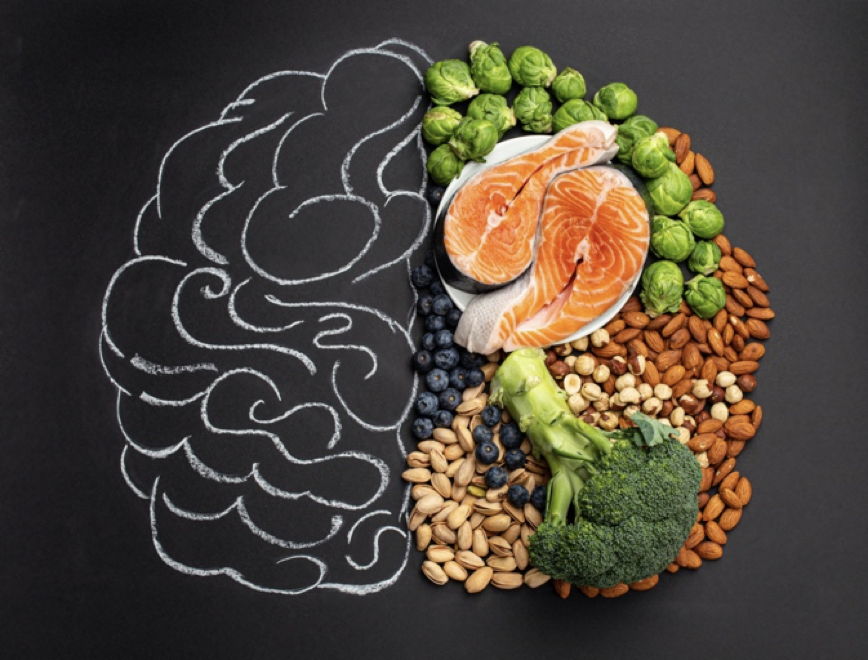
How Food Cues Work
Learning From Our Neurology
Imagine a gooey chocolate chip cookie. Think about the golden-brown edges, the crumbly texture flaking away into your hands, then imagine the smell. The scent of freshly baked cookies fills your house, bringing you back to the summer days you spent as a child waiting for them to come out of the oven. Hear the crunch as you go in for the first bite. Now imagine the taste as the savory outside begins to dissolve, giving way to a river of chocolate bubbling at your taste buds.
Hungry yet? We hope that example illustrates the power of food cues. Your senses are just a few of your external eating cues. You have internal ones as well. Regardless of origin, mastering your food cues can be an important part of your eating behavior. Successfully navigating your cues can improve your diet and help sustain your health.
Food cues are versatile, meaning they can be both positive and negative. What most people want to do is eliminate the negative ones that are afflicting you. Food cues are deeply rooted in each individual and are often psychologically conditioned. Even more surprising is the fact that obese individuals show stronger neural activation in response to their normal food cues. This means they’ll need to exert more control of their appetite when they are present.
How They Work
It’s easy to see that the brain is involved in food cues, but it’s hard to see how. Your brain is the most complex organ on Earth. That’s why we need experts in neurology to explain it to us. According to research from the American Journal of Clinical Nutrition, food cues involve the amygdala, nucleus accumbens, and dorsal striatum. All these brain regions combine and compel you to eat in response to a stimulus. The key to mitigating these external eating cues is to rewire your brain.
Mitigating Any Cue for Eating
No matter the cue to eat, there are a few things you can do to mitigate the negative cues we talked about earlier. For one, you can try dismantling associations you already have. For instance, if there are unhealthy snacks in the breakroom, replace them with healthy snacks at your desk. If you notice that you always eat ice cream while watching TV, try to eat a salad during your next movie night.
No matter what efforts you take to mitigate a cue to eat, remember to be kind to yourself. Quitting something unhealthy must take place gradually to be sustainable. If you find yourself in need of a little extra help, LapBand Indiana offers excellent solutions for you.